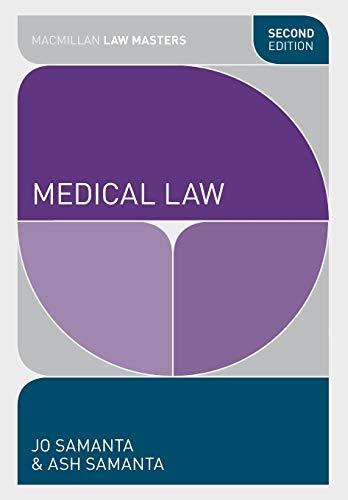Question
Case Study - Does a Turtle Have More Rights Than a Human? Resolving Controversial Environmental Issues As you have learned in the first chapter, you
Case Study - Does a Turtle Have More Rights Than a Human?
Resolving Controversial Environmental Issues
- As you have learned in the first chapter, you need to identify the issue, conclusion, and reasons when reading an article. Identifying the argument in the following essay will help you better understand and evaluate it.
- Ethical norms are ideas that guide our behavior. Everyone generally agrees that ethical norms are positive ways of behaving. Some examples of ethical norms are honest, cooperation, and individual responsibility.If I ask you, "Do you value honesty?" you would probably say "yes." If I ask you, "Do you value loyalty?" you would probably say "yes." But how do you behave when those ethical norms conflict? For example, you discover that your best friend, who is also your co-worker, is stealing money from your boss. If you are loyal to your friend, you cannot also be honest to your boss.Which ethical norm guides your behavior?
Ethical norms often conflict in the law.Four ethical norms that often arise in legal controversies are freedom, justice, security, and efficiency. Try to think of more ethical norms that might guide you thinking. When you read an article, you should try to identify the ethical norms that are guiding the authors thinking. This task is difficult because the author typically will not tell you his or her ethical norm preferences. Consequently, you must infer the preferences through the reasons. Can you identify which ethical norms seem to be present in the reasons and conclusion provided in the following editorial? Which ethical norm is in conflict with the authors preferred ethical norm?
Does a Turtle Have More Rights Than a Human?
Who should be allowed to bring a case in a court of law? One might respond with the following simple answer: Anyone who has been wronged. Environmentalists claim that when environmental wrongs occur, it is often difficult for those who have been wronged to bring acase because of a perceived lack of legal standing - the legal right to bring a lawsuit.
However, environmentalists actually have had an advantage in lawsuits. Environmental groups have been permitted to file lawsuits alleging underenforcement of the Endangered Species Act (ESA); in contrast, property owners could not file suit against overzealous regulation. Environmental groups had standing whereas property owners did not. Imagine a scenario in which an individual's property use is restricted because of an endangered species living on the property. Who seems most directly injured - the property owner or the environmental group? The proper owner, of course. Yet the property owner has been unable to bring a suit against the overzealous regulation.
Luckily, the Supreme Court has rectified this unfair situation. A recent ruling gives legal standing to people with an economic stake in land and water restrictions that allegedly protect endangered species. It is about time we give legal protection to those who are truly harmed.
After all, courts have now offered legal standing to animals protected by the ESA. For ex., turtles have been successful plaintiffs in cases. Furthermore, some environmentalists claim that legal rights should be extended to forests, oceans, and rivers.We should not even consider extending rights to inanimate objects until all people have rights. Why should a river have more rights than a property owner? A person's rights must come before the perceived concern of a river or a lake.
I argue that the Supreme Court made the right decision by allowing property owners to bring cases against overregulation. Most environmental laws are like the ESA in the sense that they allow citizens to bring suits. The Supreme Court ruling should allow property owners to bring suits under these other environmental laws. Environmental protection has gone too far when a turtle has more rights than a person. Let us not lower the protections for people while raising the protections for animals and inanimate objects.
Question:
2.Identify the ethical norm guiding the author's thinking.
Step by Step Solution
There are 3 Steps involved in it
Step: 1
In the provided case study the ethical norm guiding the authors thinking appears to be justice parti...
Get Instant Access to Expert-Tailored Solutions
See step-by-step solutions with expert insights and AI powered tools for academic success
Step: 2

Step: 3

Ace Your Homework with AI
Get the answers you need in no time with our AI-driven, step-by-step assistance
Get Started


